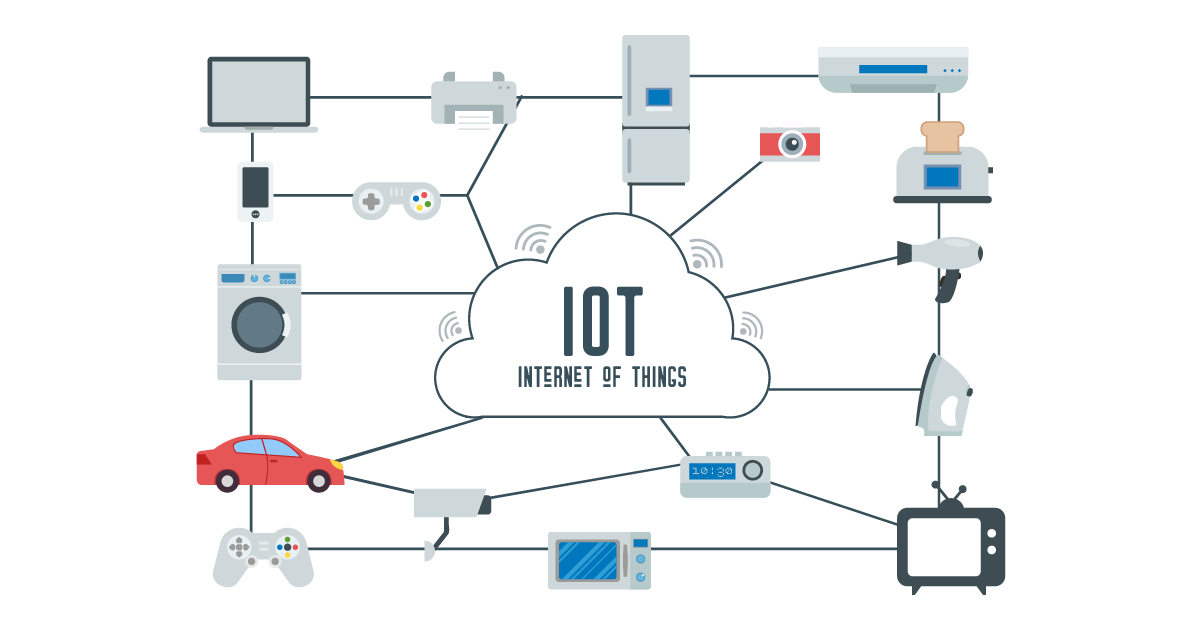Server Technology and the Internet of Things: Power at the Edge
RJ Tee
January 16, 2018
- Categories:
- Industry Trends and Solutions
- Tags:
- Three Phase PDU

By now, you are familiar with the Internet of Things, or IoT. In fact, according to recent statistics, you’re also likely involved in a deployment that has brought some of the challenges associated with the bulk data collection and storage issues presented by this technology. You've probably run into three-phase PDU requirements or the need for a network controlled power strip.
We are still early in the process of defining what IoT means, both collectively as an industry and individually as companies. We are also beginning to understand how it will allow us to harness the real-time data available through sensors and various collection devices. The explosion of data from IoT has resulted in a change in the way our data centers are structured, and how they support the network that collects and transmits information in now unprecedented volumes.
The biggest change from a power perspective, and one we have supported here at Server Technology, is the edge computing networks needed to make possible localized, high-volume data collection. The concept of the Internet of Things has created a very real need for a different way of computing in multiple locations instead of one. Whether the edge compute nodes are carrier-based or private, the complications are similar. The functionality of the core data center must be replicated closer to the point of data collection, albeit in a more compact and cost-effective fashion. It is this particular challenge that has led IoT organizations to turn to us to provide power to 'the Edge’. Here is what we know.
Want to learn more? Watch our on-demand edge computing webinar here.
First, density is an issue when you look at edge computing. The server, storage, and network requirements are high and the amount of space to house them is low. Most deployments are less than 100 square feet or confined to a 10’ x 10’ space. There are many deployments that would view this 100 square foot average as a luxury. In either case, we’ve seen equipment densities increase as a result.
Second, the increased computing density leads to higher kW/rack demands, which are quickly followed by higher plug count and amperage requirements. Rack mount power strips that incorporate Server Technology’s High Density Outlet Technology (HDOT) combat the limited physical space that edge deployments can allow by providing up to 42 separate C13 outlets in a single, 42U high rack PDU. Higher electrical loads are no issue with Server Technology’s configurable Switched and Smart power distribution options that support 400-415V inputs.
Third, edge computing demands more sophisticated monitoring solutions at the rack and PDU levels. By definition, edge compute sites are not adjacent to the core data center facility. Lack of proximity means that there is an increased reliance on the ability to monitor power and cooling conditions remotely, as well as the ability to control and reboot single outlets (for example, the per-outlet-power-sensing (POPS) line of Server Technology rack PDUs).
Try a demo of a 3-phase 230/400V POPS rack PDU today.
Server Technology, now a part of the Legrand family, is your power strategy expert, whether you are computing at the core or at the edge.
Thanks for your submission. One of our Power Strategy Experts will get back to you shortly.